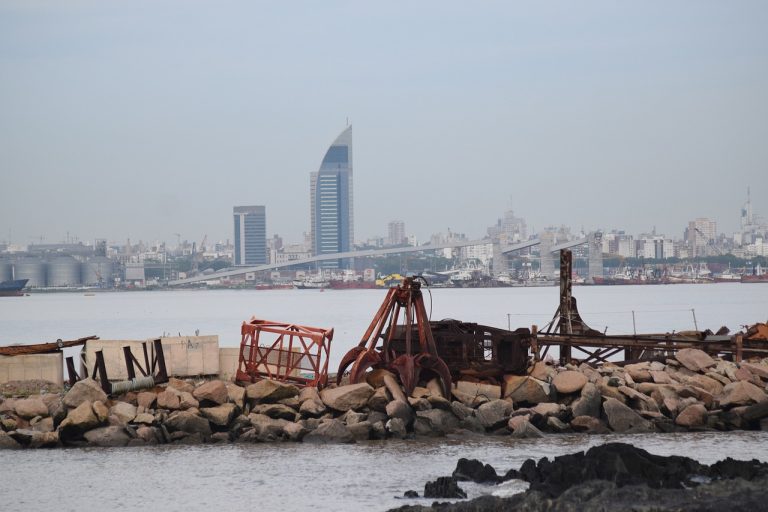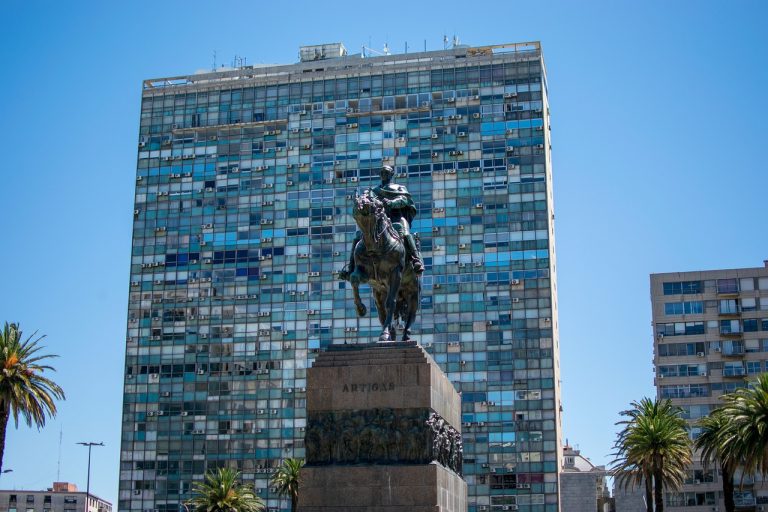Montevideo Uruguay Video
Introduction
Montevideo, the capital city of Uruguay, offers an extensive and efficient public transportation system that caters to both residents and tourists. The city’s public transportation network includes buses, taxis, and ride-sharing services, providing convenient options for getting around the city. This complete guide aims to provide detailed information about public transportation in Montevideo, including routes, fares, and tips for navigating the city.
Buses
- Route Coverage: Montevideo’s bus system covers the entire city, with an extensive network of routes that reach even the most remote areas. The bus routes connect various neighborhoods, major landmarks, and transportation hubs.
- Fares and Payment: Bus fares are affordable and can be paid using a prepaid travel card called “Tarjeta STM.” The card can be purchased and recharged at various points throughout the city, including convenience stores and bus terminals. Cash payment is also accepted, but it is recommended to use the travel card for convenience.
- Schedules and Frequency: Buses in Montevideo operate from early morning until late at night, with varying schedules depending on the route and time of day. During peak hours, buses tend to be more frequent, while off-peak hours may have longer intervals between buses.
- Accessibility: Most buses in Montevideo are equipped with ramps or lifts, making them accessible for individuals with mobility challenges. Additionally, priority seating is available for elderly passengers and those with disabilities.
- Tips: It is advisable to check the bus route and schedule in advance, as some routes may have limited service on weekends or holidays. Additionally, keep an eye on your belongings and be aware of your surroundings while using public transportation.
Montevideo Uruguay Image 1: 
Taxis
- Taxi Services: Taxis are readily available throughout Montevideo, and they can be hailed on the street or booked through taxi apps. The city has licensed taxi services that ensure safety and reliability.
- Fares: Taxi fares in Montevideo are calculated based on a combination of distance traveled and time spent in the taxi. The fares are regulated by the government, and there is a standard tariff for daytime and nighttime journeys.
- Payment: Taxis accept both cash and credit card payments. It is advisable to confirm the payment options with the driver before starting the journey.
- Accessibility: Some taxis in Montevideo are equipped with ramps or lifts to accommodate passengers with disabilities. It is recommended to request an accessible taxi in advance if needed.
- Tips: When taking a taxi, ensure that the driver uses the meter and request a receipt at the end of the journey. It is also helpful to carry small bills to pay for the fare.
Ride-Sharing Services
- Ride-Sharing Apps: Ride-sharing services like Uber and Cabify operate in Montevideo, providing an alternative transportation option. These apps allow users to request rides and track the arrival of their designated driver.
- Fares: Ride-sharing fares are typically lower than traditional taxis and can vary based on factors such as distance, demand, and time of day.
- Payment: Payment for ride-sharing services is done through the app, using a linked credit card or other digital payment methods. Cash payment is not accepted.
- Accessibility: Some ride-sharing companies offer accessibility options, allowing users to request vehicles equipped with ramps or lifts for passengers with mobility challenges.
- Tips: Before requesting a ride, ensure that your phone is charged and has a stable internet connection. It is also helpful to verify the driver’s details and license plate match the information provided in the app.
Montevideo Uruguay Image 2: 
Transportation Cards
- Tarjeta STM: The “Tarjeta STM” is a prepaid travel card that can be used on buses and some other forms of public transportation in Montevideo. The card offers discounted fares and can be recharged at various locations throughout the city.
- Recharging: The Tarjeta STM can be recharged at convenience stores, bus terminals, and other authorized points of sale. It is advisable to keep the card topped up to avoid any inconvenience during your travels.
- Card Cost: The Tarjeta STM can be purchased for a small fee, which includes the initial balance. The card can be reused and does not expire.
- Benefits: Using the Tarjeta STM provides convenience and cost savings, as the card allows for seamless transfers between buses without the need to pay an additional fare within a certain time period.
Getting to and from the Airport
- Aeropuerto Internacional de Carrasco: Montevideo’s main international airport, Aeropuerto Internacional de Carrasco, is located approximately 20 kilometers from the city center. Several transportation options are available to travel between the airport and the city.
- Bus: The airport is served by several bus lines that connect it to different parts of the city. The bus stops are located outside the terminal, and fares can be paid using the Tarjeta STM or in cash.
- Taxi: Taxis are readily available at the airport, providing a convenient and direct transportation option. The fares are regulated, and it is recommended to confirm the approximate cost with the driver before starting the journey.
- Ride-Sharing: Ride-sharing services like Uber and Cabify also operate at the airport, offering an alternative transportation option with competitive fares.
Montevideo Uruguay Image 3: 
Cycling in Montevideo
- Bike Rental: Montevideo has a bike-sharing system called “Movete en Bici,” which allows residents and visitors to rent bicycles for short journeys. The bikes can be rented from designated stations throughout the city.
- Cycling Routes: Montevideo offers dedicated cycling lanes and paths that connect various neighborhoods and major attractions. It is a great way to explore the city and enjoy the scenic views.
- Safety: When cycling in Montevideo, it is important to follow traffic rules, wear a helmet, and be cautious of pedestrians and vehicles. Lock the bike securely when not in use.
Additional Tips
- Peak Hours: Public transportation in Montevideo can be crowded during peak hours, especially on buses. It is advisable to plan your journey accordingly and allow extra time for potential delays.
- Language: Spanish is the official language of Uruguay. While some drivers and transportation staff may speak English, it is helpful to have basic Spanish phrases or a translation app to communicate effectively.
- Maps and Apps: Utilize maps and transportation apps to navigate Montevideo’s public transportation system. Apps like Moovit and STM Móvil provide real-time information on bus routes, schedules, and nearby stops.
Conclusion
Montevideo offers a comprehensive public transportation system that allows residents and visitors to explore the city conveniently. The bus network, taxis, and ride-sharing services provide various options for getting around, ensuring accessibility and affordability. By familiarizing yourself with the transportation options and planning your journeys accordingly, you can navigate Montevideo with ease and make the most of your time in this vibrant city.
References
- Petit Palace: petitpalace.co.uk
- Uruguay Ministry of Transport and Public Works: mtop.gub.uy
- Montevideo City Government: montevideo.gub.uy
- Uruguay Ministry of Tourism: turismo.gub.uy





